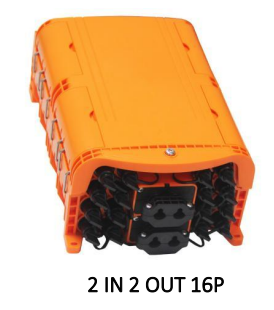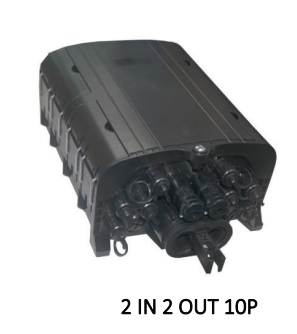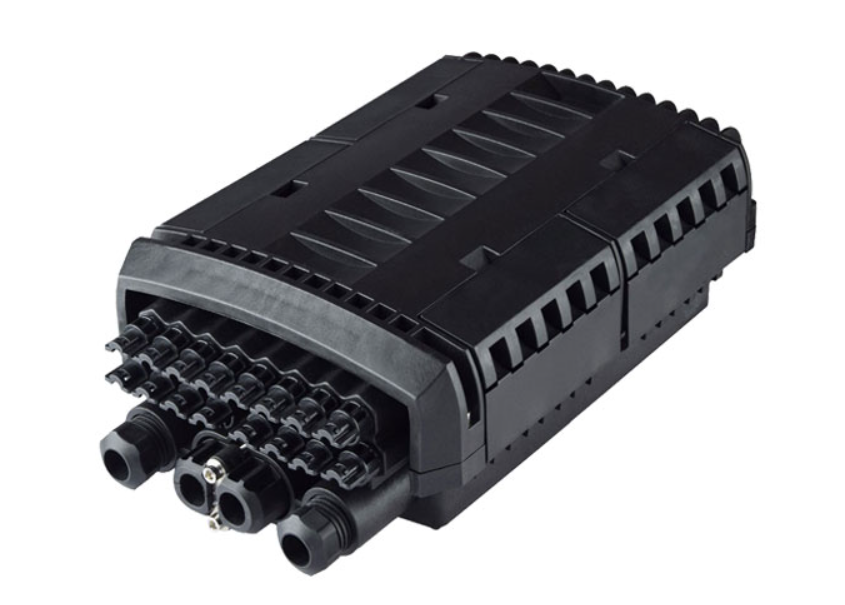The Future of Waterproof Distribution Boxes for FTTH Installations

The Importance of Waterproof Distribution Boxes
Waterproof distribution boxes are an essential component of reliable and efficient FTTH installations. These boxes play a crucial role in protecting against water damage, preventing signal loss, and safeguarding equipment from potential harm. By choosing the right distribution box, FTTH installers can ensure optimal performance even in various weather conditions. A fiber optic distribution box acts as a barrier, shielding sensitive equipment from moisture and maintaining the integrity of the network. With a waterproof box for FTTH, telecommunications professionals can have peace of mind knowing that their installations are well-protected and capable of delivering uninterrupted service.
Protecting Against Water Damage and Signal Loss
Water damage can have severe consequences for FTTH installations, leading to costly repairs and service disruptions. However, with the use of waterproof distribution boxes, these risks can be mitigated effectively. Waterproof distribution boxes act as a barrier, protecting sensitive equipment from moisture and preventing water damage. These boxes are designed to be water-resistant, ensuring that even in wet environments or during heavy rainfall, the internal components remain safe and dry.
In addition to preventing water damage, waterproof distribution boxes also play a crucial role in preventing signal loss. Moisture can interfere with signal transmission in fiber optic networks, resulting in data loss or degraded performance. By utilizing moisture-proof fiber optic boxes, network technicians can ensure reliable signal transmission regardless of weather conditions. These weatherproof FTTH distribution boxes provide a secure environment for the delicate fiber optic cables and connectors, maintaining optimal performance even in challenging outdoor environments.
Exploring Different Waterproof Distribution Box Options for FTTH Networks
When it comes to FTTH networks, choosing the right waterproof distribution box is crucial for ensuring reliable and efficient connectivity. There are several types of distribution boxes available, each designed to meet specific installation requirements.
Types of waterproof distribution boxes available
Wall-mounted distribution boxes: These boxes are typically installed indoors and provide a compact solution for organizing and protecting fiber optic cables. They are suitable for smaller-scale installations in residential or office buildings.
Outdoor distribution cabinets: These larger cabinets are designed to withstand outdoor environments and can accommodate a higher number of fiber optic cables. Outdoor distribution cabinets offer enhanced protection against weather conditions, vandalism, and theft.
Underground distribution enclosures: As the name suggests, these enclosures are buried underground, providing a secure and discreet solution for housing fiber optic connections. They offer excellent protection against environmental factors such as moisture, temperature fluctuations, and physical damage.
Factors to consider when choosing a distribution box
Size and capacity requirements: Assess the number of fiber optic cables that need to be accommodated now and in the future. Choose a distribution box with sufficient capacity to handle current needs while allowing room for expansion.
Material durability and resistance to environmental factors: Consider the materials used in the construction of the distribution box. Look for options that are corrosion-resistant, UV-stabilized, and capable of withstanding extreme temperatures or harsh weather conditions.
Ease of installation and maintenance: Opt for a distribution box that offers ease of installation with convenient cable entry points and mounting options. Additionally, consider maintenance requirements such as accessibility for inspections or repairs.
By carefully considering these factors, network technicians can select the most suitable waterproof distribution box for their specific FTTH network requirements.

Ensuring Longevity and Optimal Performance with Waterproofing Techniques and Maintenance Tips
To ensure the longevity and optimal performance of waterproof distribution boxes in FTTH installations, it is essential to implement effective waterproofing techniques and follow proper maintenance practices.
Effective waterproofing techniques for distribution boxes
Sealing cable entry points: Use waterproof grommets or seals to seal off cable entry points. This prevents water from seeping into the distribution box through these vulnerable areas.
Applying waterproof coatings or tapes: Apply waterproof coatings or tapes to further enhance the water-resistance of the distribution box. These coatings create an additional layer of protection against moisture intrusion.
Regular inspections and maintenance: Conduct regular inspections to identify any potential issues such as cracks, gaps, or damaged seals. Address these issues promptly to prevent water damage. Additionally, perform routine maintenance checks to ensure that all components are functioning properly.
Maintenance tips for waterproof distribution boxes
Cleaning and removing debris regularly: Keep the distribution box clean by removing any debris or dirt that may accumulate on its surface. This helps maintain proper functionality and prevents blockages or obstructions.
Checking and tightening connections: Periodically check all connections within the distribution box to ensure they are secure and tight. Loose connections can lead to signal loss or equipment malfunction.
Replacing damaged components promptly: If any components within the distribution box are damaged or worn out, replace them promptly to maintain optimal performance. This includes seals, grommets, cables, or connectors.
By implementing these effective waterproofing techniques and following regular maintenance practices, network technicians can ensure that their waterproof distribution boxes remain in excellent condition, providing reliable protection against moisture and preserving the overall performance of the FTTH network.
Innovations Shaping the Future of FTTH Installations: Trends in Distribution Box Technology
As technology continues to evolve, so does the field of distribution box technology for FTTH installations. Several advancements are shaping the future of these essential components.
Advancements in distribution box technology
Integration of smart features: Distribution boxes are being equipped with smart features that enable remote monitoring and management. This allows network technicians to monitor performance, detect issues, and make adjustments without physically accessing the distribution box.
Enhanced durability and resistance: Manufacturers are developing distribution boxes with improved durability and resistance to extreme weather conditions. These advancements ensure that the boxes can withstand harsh environments, including high temperatures, heavy rainfall, and strong winds.
Compact and modular designs: Distribution boxes are becoming more compact and modular in design, allowing for easy scalability as network requirements change. This flexibility enables network technicians to add or remove components as needed without disrupting the entire installation.
The impact of emerging technologies on distribution boxes
Fiber optic sensing technology: Fiber optic sensing technology is revolutionizing network monitoring by providing real-time data on network performance. By integrating this technology into distribution boxes, network technicians can proactively identify potential issues before they cause service disruptions.
Artificial intelligence and machine learning: The use of artificial intelligence (AI) and machine learning (ML) algorithms in distribution boxes enables predictive maintenance. These technologies analyze data collected from various sensors within the box to predict when maintenance or repairs may be required, optimizing uptime and reducing downtime.
Increased focus on eco-friendly materials: With a growing emphasis on sustainability, manufacturers are exploring eco-friendly materials for distribution box construction. This includes using recycled or recyclable materials that have a lower environmental impact while maintaining durability and functionality.
These innovations in distribution box technology are driving improvements in reliability, efficiency, and overall performance of FTTH installations.

The Promising Future of Waterproof Distribution Boxes
Waterproof distribution boxes are essential components for ensuring the reliability and longevity of FTTH installations. With advancements in technology and innovative designs, the future of distribution boxes looks promising. By choosing the right distribution box, such as a fiber optic distribution box or a waterproof box for FTTH, and implementing proper maintenance practices, network technicians can ensure that their FTTH networks thrive in any weather conditions. These distribution boxes provide the necessary protection against water damage and signal loss, allowing for uninterrupted connectivity and optimal performance. As the industry continues to evolve, we can expect further improvements in distribution box technology to meet the growing demands of high-speed internet networks.
See Also
Advancements and Trends in Rodent-Proof Fiber Optic Technology
Switchable Uniboot Patch Cords: The Future of Fiber Optic Connectivity
Outdoor Waterproof FastConnect Fiber Field Assembly Connector: Advantages and Benefits
OptiTap MPO Multimode OM3 IP68-rated: The Advantages of Waterproof Fiber Optic Cables
Important Factors for Choosing Fiber Optic Cables for Outdoor FTTH Deployments


